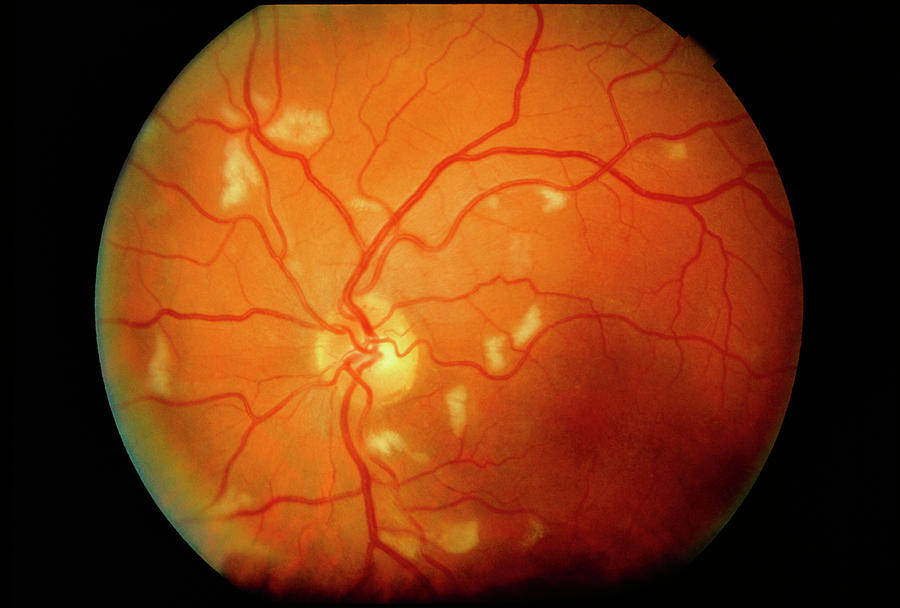Cytomegalovirus (CMV) retinitis is a sight-threatening opportunistic infection of the retina, primarily affecting individuals with weakened immune systems. If left untreated, it can result in irreversible vision loss. This article explores the causes, symptoms, diagnostic methods, and treatment options for CMV retinitis.

Etiology and Risk Factors
CMV retinitis is caused by the human cytomegalovirus (HCMV), a member of the herpesvirus family. While CMV infection is widespread, it remains dormant in most individuals with healthy immune systems. However, in immunocompromised individuals, the virus can reactivate and invade the retina.
Key Risk Factors
- HIV/AIDS: Particularly in individuals with CD4 counts below 50 cells/µL.
- Organ Transplantation: Patients undergoing immunosuppressive therapy.
- Cancer Patients: Individuals receiving chemotherapy.
- Long-Term Corticosteroid Use: Leads to immune suppression, increasing CMV susceptibility.
Among these populations, CMV reactivation can result in severe retinal damage.
Clinical Manifestations
The onset of CMV retinitis is often gradual, but progression can be rapid without intervention. Common symptoms include:
- Visual Disturbances: Blurred vision, floaters, and peripheral vision loss.
- Photopsia: Sensation of flashing lights.
- Scotomas: Development of blind spots in the visual field.
- Retinal Necrosis: Late-stage disease may cause extensive retinal destruction, leading to blindness.
Without treatment, CMV retinitis can spread from one eye to the other, increasing the risk of bilateral vision loss.
Diagnostic Evaluation
Early diagnosis is crucial for preserving vision. The primary diagnostic methods include:
- Dilated Fundoscopy: Identifies classic retinal lesions, including white granular zones of necrosis with hemorrhages.
- Optical Coherence Tomography (OCT): Provides cross-sectional imaging of retinal layers to detect structural damage.
- Polymerase Chain Reaction (PCR): Detects CMV DNA in ocular fluids for confirmation.
Regular ophthalmic screenings in high-risk patients enable early detection and intervention.
Therapeutic Strategies
Treatment aims to control viral replication, reduce inflammation, and prevent disease progression. The main therapeutic approaches include:
Systemic Antiviral Therapy
- Oral Valganciclovir: Preferred for long-term outpatient management.
- Intravenous Ganciclovir or Foscarnet: Used in severe or rapidly progressing cases.
Intravitreal Antiviral Therapy
- Intravitreal Ganciclovir or Foscarnet: Direct drug delivery into the eye for immediate viral suppression in sight-threatening cases.
Highly Active Antiretroviral Therapy (HAART)
In HIV/AIDS patients, optimizing HAART is essential to improve immune function and reduce CMV reactivation risk.
Complications and Prognosis
If untreated, CMV retinitis can lead to severe complications, including:
- Retinal Detachment: Due to extensive necrosis and retinal atrophy.
- Immune Recovery Uveitis (IRU): Inflammatory response following immune system reconstitution.
Prognosis depends on the extent of retinal involvement and the timeliness of treatment. Early intervention significantly improves visual outcomes.